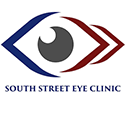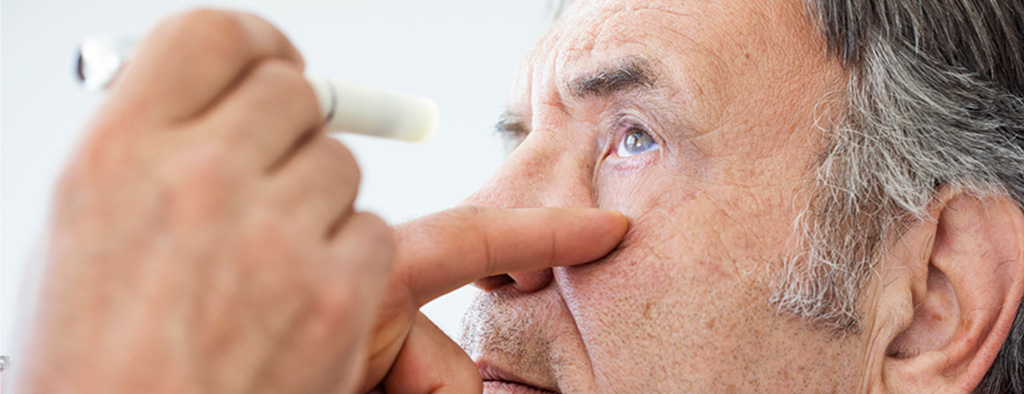Post-Surgery
Recovery is rapid and patients usually do not report any discomfort during or after surgery.
You will not be able to drive after the procedure, you should have someone ready to take you home. You may also have to arrange for temporary home assistance.
Post-operative eye care and wound-healing are important factors in your cataract surgery’s success.
Once home from the hospital you should take things quietly and rest.
You may watch TV or read on your first night if you feel comfortable to do so.
Please cover the operated eye with the plastic shield given to avoid unintended trauma to eye during sleep.
It is very common to have an increase in watering and a gritty feeling in the operated eye. Please use preservative free lubricating drops if this occurs. This can be purchased over the counter from your pharmacist.
Your ophthalmologist will check your eye the day after your surgery.
- You will be given instructions on how to use your post-operative drops.
- Depending on the severity of your cataract, your vision will clear in a couple of days or may take a few weeks.
- It is essential to understand that even if visual recovery is slower, the final visual outcome will still be the same.
Risks of Cataract Surgery
- Some complications can include
- Persistent Ocular Inflammation,
- Glaucoma – changes in eye pressure
- Macular Oedema – swelling of the retina at the back of the eye (cystoid macular oedema)
- Retinal Detachment
- Rare complications such as infection (endophthalmitis) or bleeding Vitreous Haemorrhage can also arise.
All of these complications are rare but, can lead to significant vision loss. Thus, close follow-up is required after surgery.
If you have pre-existing Macular Degeneration, optic nerve damage or Floaters, these will not be made better by Cataract Surgery.
What Cataracts are left Untreated?
Cataracts only affect the quality of vision. They are not a disease but rather an ageing change. Under almost no circumstances can they cause problems other than poor vision if left untreated.


